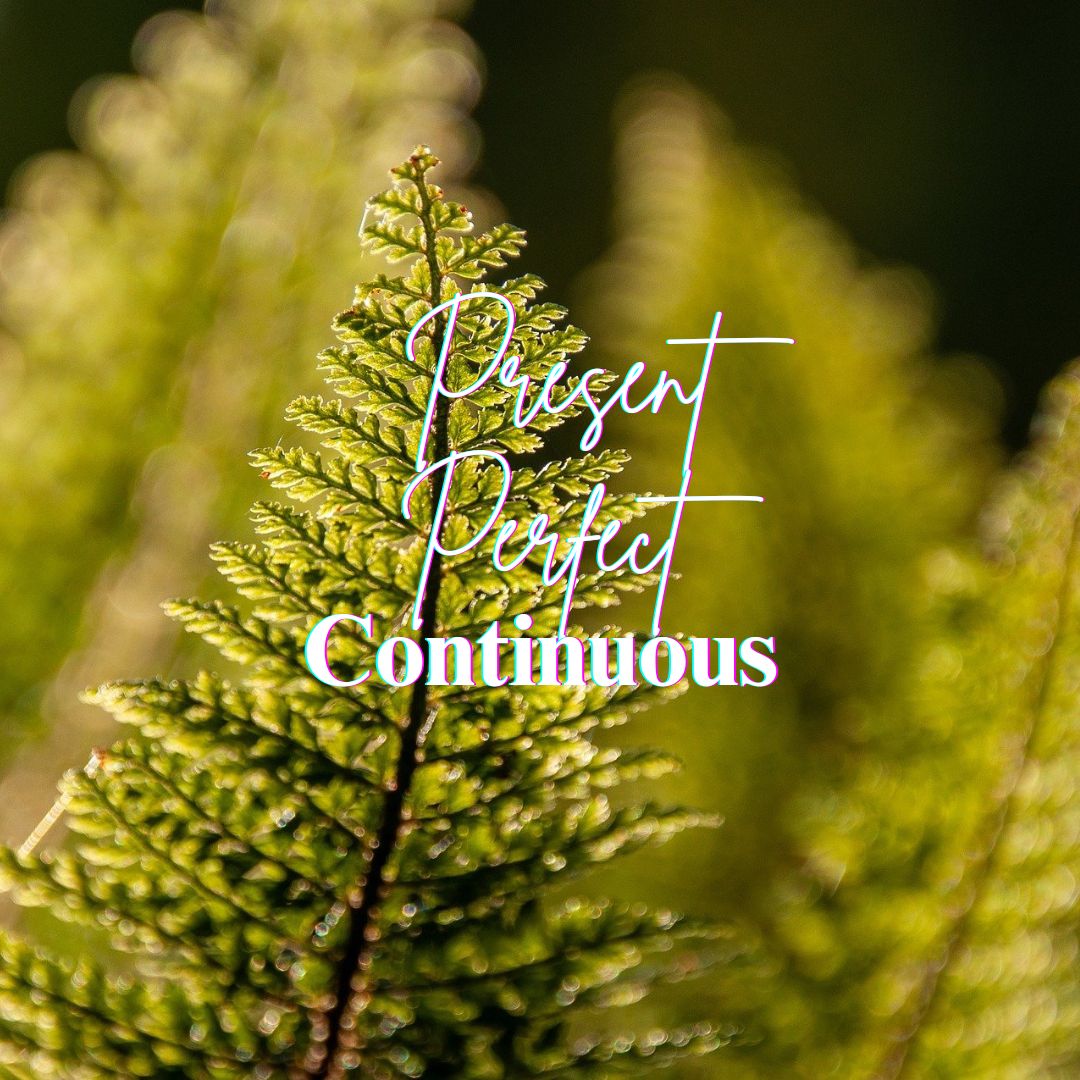Tag: participle

The Group of Tenses of the Passive Voice
In the passive voice construction with to be and past participle, the focus is on the action being done to the subject, rather than the subject performing the action. This construction emphasizes the result or effect of the action, rather than who is doing the action. For example, in the sentence The cake was baked by the chef, the focus is on the cake and the fact that it was baked, rather than the chef who did the baking. This construction is useful when the doer of the action is unknown, unimportant, or when the speaker wants to emphasize the result of the action rather than who performed it.

The Indicative Mood-the Passive Voice
In the passive voice, the subject of the sentence receives the action of the verb, rather than performing the action itself. The passive voice is formed using a form of the verb to be followed by the past participle of the main verb.

The Present Perfect Continuous tense
The Present Perfect Continuous tense is used to describe an action that began in the past, has continued up until now, and may still be ongoing. It is typically used to describe actions or situations that have a connection to the present moment.

The Future Perfect in the Past
The Future Perfect in the Past is used to talk about a completed action in the future from a point in the past. It is formed by using would have plus the past participle of the main verb.

The Past Perfect tense
In the Past perfect tense, the auxiliary verb had is used with the past participle form of the verb to indicate that the action was completed before a past action or time.